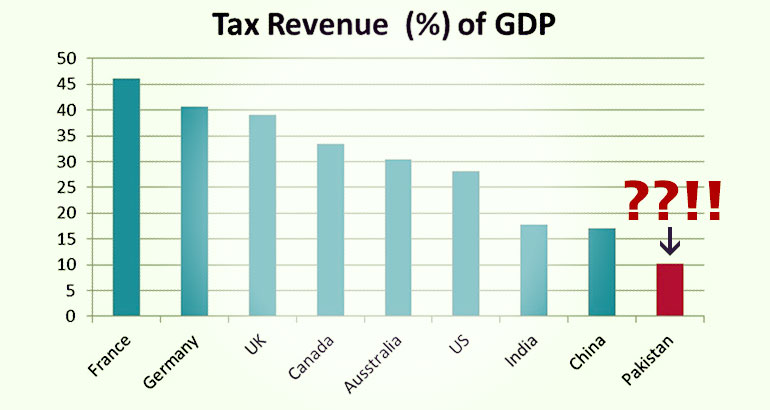Gearing
Gearing, or leverage, describes the mix of long-term corporate funding provided internally (by shareholders) to that contributed externally (by lenders). Interpreting financial statements using ratio analysis demands considerably more than just the ability to calculate key gearing ratios. Ratios are a set of tools to enable the user to gain a deeper insight into a company (to facilitate planning, decision-making and control) — they are a means to an end, not the end in themselves. An appreciation of the factors that influence a company’s gearing and the effects of gearing on shareholders returns are vital to interpreting gearing ratios. These two themes are covered in this article, together with the key gearing ratios. To prevent students from adopting a piecemeal approach to the interpretations of financial statements, the article places the gearing ratios into a systematic framework of analysis, which highlights the inter-relationships between the key categories of ratios. Factors affecting the level of gearing employed by a company Before gearing ratios can be properly understood, it is instructive to analyse the factors
- Sales and profits — companies that have a stable or growing rate of sales and profits are in a better position to finance the interest charges and capital repayments than those with volatile or declining rates of sales. Higher profits make it feasible to sustain higher levels of gearing.
- Interest costs— if the company is perceived as being risky, for whatever reason, lenders are likely to demand higher returns to compensate for the risks involved. Where a very high rate of interest is demanded, the costs become prohibitive and effectively place a ceiling on the amount borrowed.
- Cash flow — the need to service financial obligations (interest payments and repayment of the amount borrowed) render a strong, reliable cash flow necessary.
- Borrowing restrictions — companies may have restrictions placed upon them regarding the amount of debt that can be raised (loan covenants). These may form part of the company’s articles of association, or may be stipulated in the terms of earlier loan agreements.
- Industry norms — lenders will assess ‘norms’ for the particular industry before advancing funds. Companies in highly volatile industries would be expected to have lower gearing than those in more stable sectors.
- Security — companies wishing to raise debt finance usually have to offer some kind of security (collateral) to the lender. Lenders will normally require good quality assets (ones that will not depreciate in value) as security. If such assets are not available, or are already secured, it may not be possible for a company to borrow additional funds.
- Attitudes of key stakeholders — with day-to-day control in their hands, it is managers who will normally determine the level of gearing a company adopts. However, the attitudes of owners (particularly towards the financial risk associated with gearing) and lenders (who are concerned with security, cashflow of the company and its future prospects), must be considered.
- Availability of equity funding— companies unable to secure additional funding from their owners may be forced to borrow to fund expansion.
| Measuring gearing — key ratios | ||
|---|---|---|
| Capital gearing ratio | = | Prior charge capital |
| |



